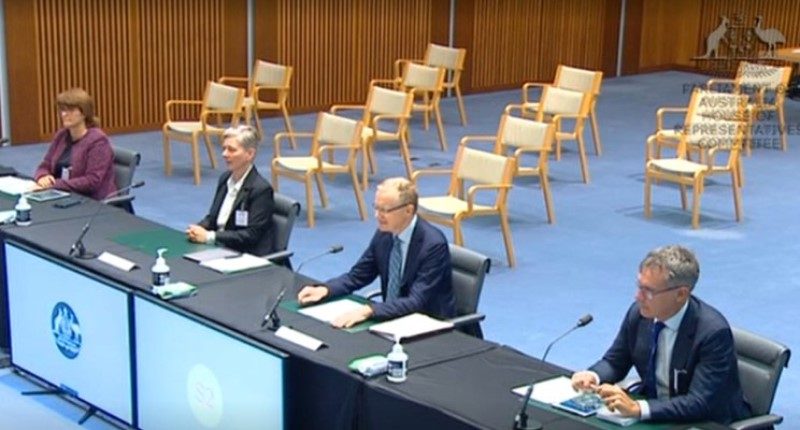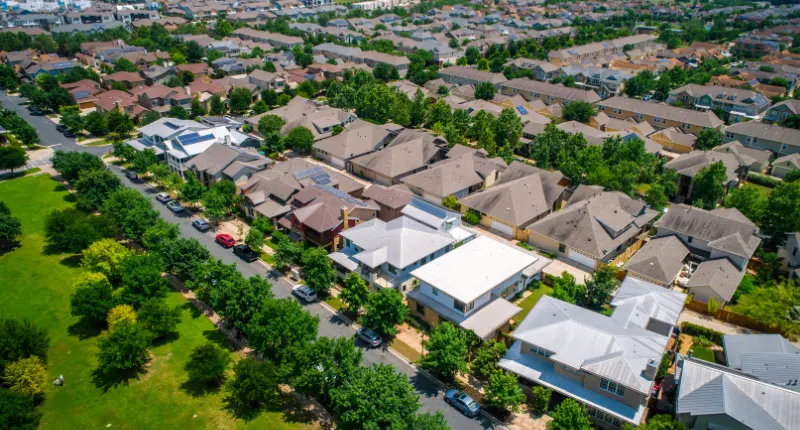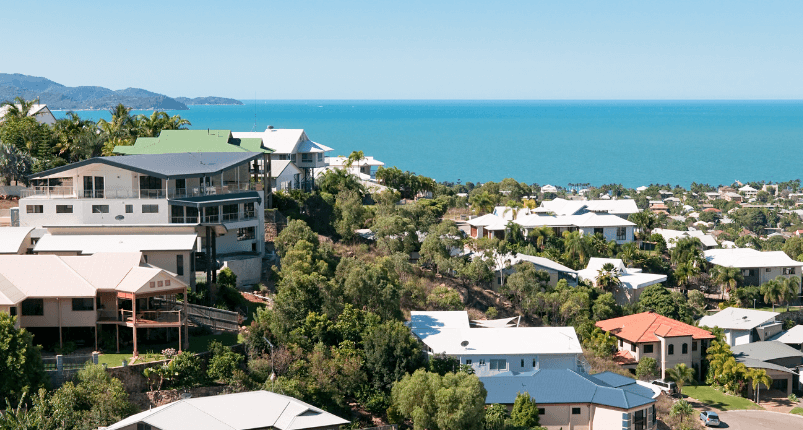
- RBA reaffirms historically low cash rate at meeting
- The board acknowledged rising house prices
- The bank remains committed to dovish policy until labour market tightens
Its latest meeting’s minutes reveal that the Reserve Bank of Australia’s (RBA) wants to retain the current low interest rate environment, keeping a target for the cash rate at 0.1% and committing to the purchase of an additional $100 billion of government bonds (in economics jargon this is called ‘quantitative easing’).
The board noted that house prices have “increased significantly” in recent months, with low interest rates being the main factor contributing to the increase in demand for housing.
The minutes noted that the economic recovery in Australia was “stronger than previously expected”. The unemployment rate fell to 5.8% in February, and the number of employed people had returned to pre-pandemic levels.
GDP increased by a healthy 3.1% in the December quarter of 2020, and this growth is expected to continue in 2021 and 2022.
Despite all these positive developments, some may be wondering why the RBA has fully committed to low interest rates with very little wiggle room to change its mind.
Why keep rates so low?
As reported on The Property Tribune last week, the policy is mainly due to continued low wage growth and low inflation.
Wage and price pressures remain subdued and are expected to remain so for several years. The labour market remains loose, with the unemployment rate still too high (below the non-accelerating inflation rate of unemployment of 4.5% to 5%).
The RBA board claims it will take some time to reduce this spare capacity and for the labour market to be tight enough to put upward pressure on wages consistent with achieving an inflation target of 2-3%. Consumer price inflation is expected to remain below 2% throughout 2021 and 2022.
The minutes once again reveal that Australia’s central bank remains extremely ‘dovish’. They are fully committed to reducing unemployment, and actively supporting the Australian economy by keeping financing costs at very low levels.
However, as stated multiple times previously, the central bank is watching lending standards very closely, which means that it is likely macroprudential policies – as opposed to raising interest rates – could be implemented to help cool the housing market, if required.







